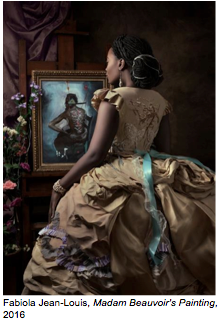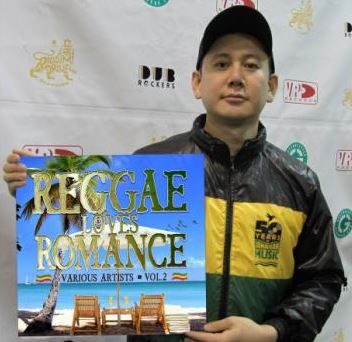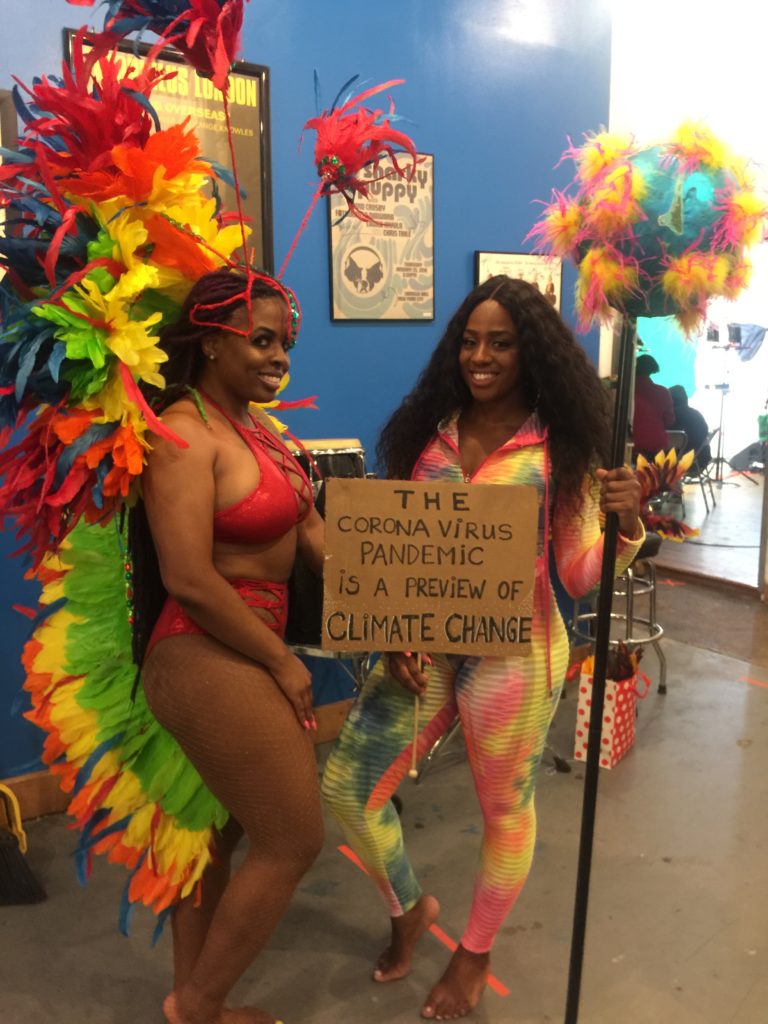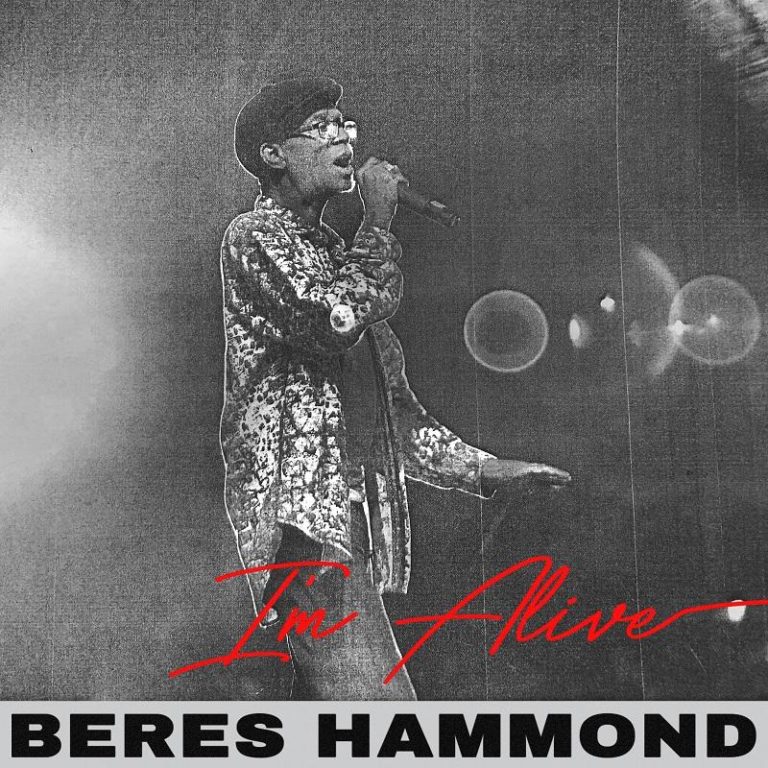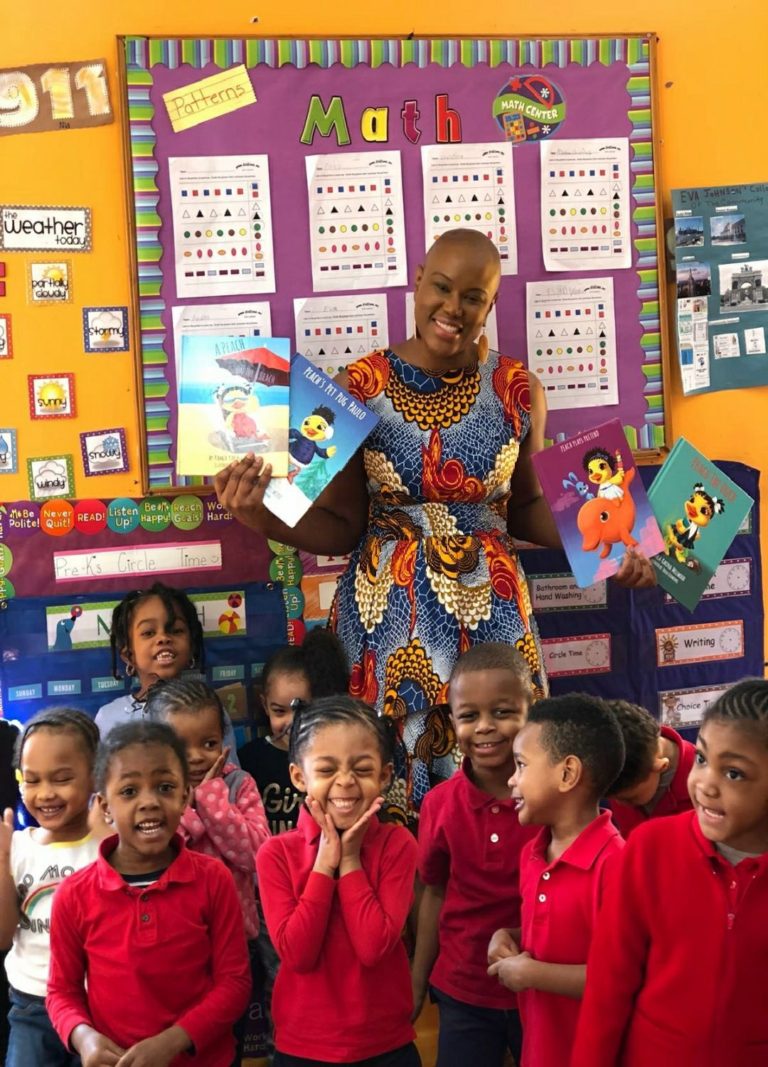“Bordering the Imaginary: Art from Dominican Republic, Haiti, and Their Diasporas” at BRIC, March 15 – April 9
Exhibition Brings Together Dominican and Haitian Artists Who Investigate the Complicated Relationship Between the Two Nations
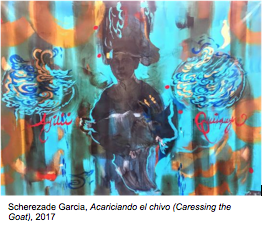
an exhibition of contemporary artworks using an array of media tomine the interrelated histories of two Caribbean countries that share a single island, their tradition of cultural and social exchange, and the racism and social injustices that have long impacted the people of both nations. The exhibition, sponsored by Goya, brings together Dominican and Haitian artists based in both the island and in the U.S., creating a vivid visual narrative and opportunities for discourse that reconsider differences and commonalities between the distinct but intertwined communities of these countries. Through the exhibition, accompanying catalogue, and public programs, Bordering the Imaginary investigates definitions of nationhood as it relates to these two adjacent countries whose shared border bears a brutally racialized history, yet has also managed to persist as a space of cultural fluidity and collaboration.
“We’re very excited to present a rich cross-cultural dialogue that underscores the possibility of exchange, interaction, and open borders,” said Elizabeth Ferrer, BRIC’s Vice President of Contemporary Art. “Focusing on the vital artistic contributions of artists of Haitian and Dominican descent, this exhibition amply reflects BRIC’s mission to reflect the creativity and diversity of Brooklyn as well as to make cultural programming genuinely accessible and relevant to a broad public.”
Bordering the Imaginary features artwork by Edouard Duval-Carrié, Vladimir Cybil Charlier, Patrick Eugène, iliana emilia garcia, Scherezade Garcia, Leah Gordon with André Eugène & Evel Romain from atis rezistans, Fabiola Jean-Louis, Tessa Mars, Pascal Meccariello, Groana Meléndez, Alex Morel, Raquel Paiewonsky, Raúl Recio, Freddy Rodríguez, Julia Santos Solomon, Nyugen E. Smith, and Roberto Stephenson.
The exhibit, curated by Abigail Lapin Dardashti, a Franco-Dominican American Ph.D. candidate at the CUNY Graduate Center and specialist in postwar Latin American art, is organized into four parts. The first, Revolutions and Unifications: The Contemporary Resonance of 19th Century History,explores how both Dominican and Haitian contemporary artists repurpose images and ideas from the 19th century in order to recover the history of cultural and socio-political exchange during this period, up until the murderous anti-Haitian reign of Dominican Dictator Rafael Trujillo. In the works here, artists like Freddy Rodríguez and Vladimir Cybil Charlier take up subjects such as the Maroons—Africans who escaped slavery and lived in hiding in the island’s mountainous regions, who managed to organize and insurrect. Other artists explore the 1791 slave revolt that evolved into the Haitian Revolution. The latter is illustrated in work by Tessa Mars, whose self-portraits see her envisioning herself as various Haitian revolutionary leaders.
The 1800s saw moments of unity on Hispaniola, and the embrace of blackness in the Dominican Republic, prior to Trujillo’s tyrannically “whitening” rule. Works in this section also look into the religious impositions of colonialism, the sexual economy of slavery, the exploitation of black bodies in the creation of white wealth, and the Dominican Republic’s independence.
The second part of the exhibit, Borders, Fragmentations, and Intertwinings, explores the border itself, a political demarcation that has been both the site of violence and porous exchange between Dominicans and Haitians. Dominican artist Pascal Meccariello’s installation Mapping on Broken History, for instance, uses fragmented maps and pages from Dominican and Haitian history textbooks; he covers his fluid rendering of the island with images of Trujillo, at once demonstrating the remnants of colonialism and the endurance of fluidity despite it. Edourd Duval-Carrié’s acrylic work, El tigere y el congo, pictured above, depicts, on either side of the river that runs along the border, concepts of masculinity and power in Haiti and the Dominican Republic. Another work, the film Ti tonton bat tanbou (Little Uncle Plays the Drums), made by Haitian artists André Eugène and Evel Romain and British artist Leah Gordon, is an artistic gesture towards the transcendence of the borderline, and a transnational Hispaniolan sensibility, documenting wooden figurines made in the artists’ studio crossing the border and being sold to tourists in the Dominican Republic. The works in this section depict how the identities of residents in Hispaniola and the diaspora intertwine and crystallize, forming new characteristics that go beyond those assigned by the nation-states.
Bodies Transformed, the third section, features works that reject traditional portraiture while representing identity through commonplace objects specific to Hispaniola in order to challenge race-based definitions of identity. Responding to this idea, Dominican-American artist iliana emilia garcía contributes a major, site-specific installation, The Sage and the Dreamer, composed of handmade wood and straw chairs sold throughout the countryside in both Haiti and the Dominican Republic. Wrapped around a pillar in BRIC’s gallery and approximately 20 feet tall, the chairs resemble a tree and act as a symbol of individuality, domesticity and communal exchange between Haitians and Dominicans. Also drawing on objects’ ability to elicit the complexities of a place, in his Made in Haiti series, photographer Roberto Stephenson collects handmade objects from the streets of Port-au-Prince, and sheds new light on their intricate detail and the creative ingenuity of people who make due with so little.
The final section of the exhibition, Memories of a Utopian Island and the Future, is a collaboration between Haitian-American artist Vladimir Cybil Charlier and Dominican-American artist Scherezade Garcia to be presented in BRIC’s Project Room. It features animated videos and an installation, and addresses various contemporary issues related to the diaspora. One such video is Conversation Thread, which sees the artists speaking French, English, Spanish, and Haitian Creole as their silhouettes intertwine. Lapin Dardashti writes, “Memories of a Utopian Island does not claim a sameness between the two countries. Indeed, numerous works in Bordering the Imaginary express distinct aspects of each nation … The countries maintain different cultures and modes of self-definition, but also share many cultural, economic, and historical notions that complicate the kinds of identities constructed by political powers.” Bordering the Imaginary aims to challenge these historically embedded categories, wrought as they often are by racist ideologies, through creativity and collaboration.

Related BRIC Artist Residency (Dominican Republic)
In conjunction with Goya’s lead sponsorship of the exhibition and as part of the company’s Goya Gives initiative, BRIC will facilitate an artist residency at the Orfanato Niños de Cristo orphanage in La Romana, located on the Dominican / Haitian border, and founded by Henry Cardenas and Marc Anthony of the Maestro Cares Foundation. “We are honored to be the lead sponsor of the new BRIC exhibition and value organizations like BRIC who share the same mission in bringing communities together,” said Rafael Toro, Director of Public Relations of Goya Foods.

Exhibiting artist iliana emilia garcía will travel to the Dominican Republic to spend time with the children and deliver hands-on art workshops over a number of days, with the sessions culminating in a group project for public installation. BRIC’s community investment begins in Brooklyn through our Arts for All approach but extends far beyond.

